On this book there’s a quote from Catherine Mayer, Co-Founder of the Women’s Equality Party: “The most important book that will be published this year” and it’s probably one of the most important books to be published EVERY year. All the information we maybe turn our faces away from, not wanting to think about it, all the inequality and inequity, all the dreadful ways people are treated, whether, in fact, they’re women, LGBTQI, non-gender-binary, trans, poor or refugees is presented here in clear, all-too-easy-to-read graphics, beautifully presented and backed up with solid research and referencing. It’s not an easy book to read per se and it’s not a laugh a minute, bringing Christmas cheer to all, etc., but it’s a very important read indeed. Described in the introduction as “a feminist remapping of the world through the lens of taking women’s experiences seriously,, although it’s an annual publication, it seems very, very relevant this year.
It’s a survey of the most up-to-date statistics available on a huge number of measures affecting women, from life expectancy to poverty, health to cosmetic surgery, ability to vote to years in school, participation in sport to dowry killings. The information is set out in wide sections which have an avowedly feminist stance (“Keeping women in their place”; “Body politics”) and flow neatly from one to the next. Most of the information and measures are about things you kind of know in the back of your head but don’t (want to) think about and don’t know in detail, although of course with some surprises. But it’s sobering stuff when it’s laid out in front of you.
You could say, as I implied above, that this should be a book about general inequality. However, there’s a quotation in the introduction from Chimamanda Ngozi Adichie which makes it clear why the specific concentration on women was chosen originally:
to choose the vague expression human rights is to deny the specific and particular problem of gender. It would be a way of pretending that it was not women who have, for centuries, been excluded. It would be a way of denying that the problem of gender targets women. That the problem was not about being human, but specifically about being a female human. For centuries, the world divided human beings into two groups and then proceeded to exclude and oppress one group. IT is only fair that the solution to the problem should acknowledge that.
The book encourages an intersectional and world view. It very carefully covers the experiences overtly of women who are not white, cis-gendered, straight and middle-class (although some of the experiences are of these people, who constitute my demographic group), thus answering one of the main criticisms of the feminist movement, especially at this time of identity politics. As much if not more attention is paid to marginalised women, women from the global South, women of colour and of varied sexualities in the global North, too, and nothing is ever taken for granted, but everything is explained and given examples. No particular countries are concentrated on either, but a good balance, although obviously some issues, such as the control over women in places such as Saudi Arabia and the massive racial inequalities in North America, crop up over and over again.
It’s hard to describe the graphics in words, but they’re big, bold, easy-to-read and varied throughout the book, with inventive ways of recording numbers on every page. There’s a long and non-standard running track showing women’s participation in various sports was introduced at the Olympics (1900 for tennis and golf; 1984 for the marathon; 2016 for rugby). Compacts, eyeshadow palettes and lipsticks show the big business of beauty; pots and bottles the toxic substances in beauty products. Little razor blades represent the prevalence of female genital mutilation in a hard-hitting graphic. Some of the statistics are truly horrifying: 40% of women in South Africa will be raped. 520 million women can’t read (women’s literacy rates are almost always lower than men’s). 58% of young adults newly infected with HIV are women. In the Afghan penal code, a man convicted of an “honour” killing after finding his wife committing adultery cannot be sentenced to more than 2 years’ imprisonment.
It’s not all doom and gloom. There’s a lovely list of the pioneers in “Beyond the binary” including Bolivia with its Gender Identity Law, Australia where you can choose X for your gender or sex on birth certificates and passports, and India and Nepal which both have an official third gender recognition. Pioneers are often recognised in other graphics, too: a big effort is made to celebrate progress as well as to record awfulness.
The sources are all well and clearly presented in the back of the book in nine pages of closely packed text, and there’s a good and clear index to this book that’s not an easy read, but an essential one, for all genders and all ages.
Joni Seager is a professor of Global Studies in Boston and a feminist geographer and global policy expert, who is a consultant to the United Nations on gender and environmental policy. Mention should also be made of Myriad Editions, the publisher, who she thanks in her introduction: they’re a women-run small publisher.






